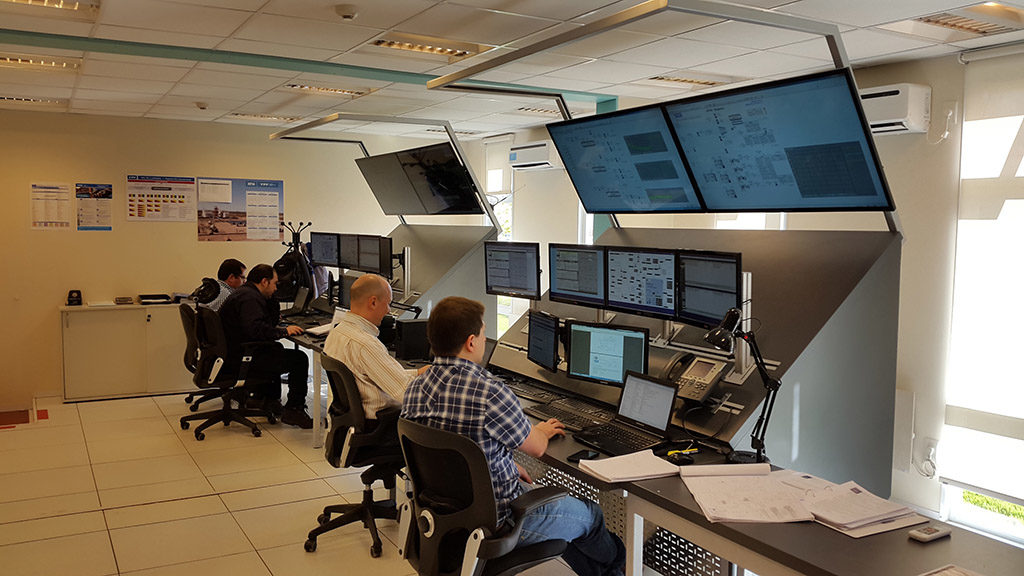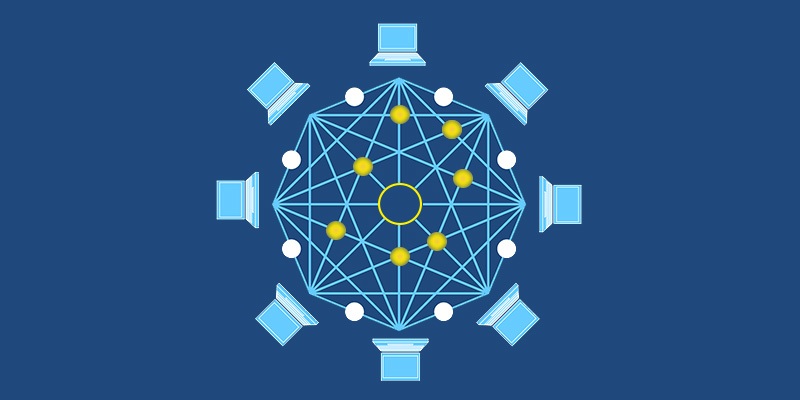Product Ideation − Product Ideation is essentially a strategy session (or sessions) that is a formalized part of the development process. It brings together the entire squad in order to leverage the insights, experiences, and ideas of product owners, designers, developers, QA, and architects. The logic behind it is simple; collectively, a team has more knowledge, experience, and insight than an individual. Product ideation channels this and applies it to a particular product.
Product Architecture − Product architecture is the scheme by which the function of a product is allocated to physical components. This paper argues that the architecture of the product can be a key driver of the performance of the manufacturing firm, that firms have substantial latitude in choosing a product architecture, and that the architecture of the product is therefore important in managerial decision making.
Product Design − Product design as a verb is to create a new product to be sold by a business to its customers. A very broad concept, it is essentially the efficient and effective generation and development of ideas through a process that leads to new products. Thus, it is a major aspect of new product development.
Product Testing − Product testing, also called consumer testing or comparative testing, is a process of measuring the properties or performance of products. The theory is that since the advent of mass production manufacturers produce branded products which they assert and advertise to be identical within some technical standard.
Product Migration and Porting − Product migration is a tricky task. Any time you retire or replace one product with another, you are bound to have reluctant customers, as the marketers at VerticalResponse discovered. The email service provider launched three updated email editing tools in March 2010 and wanted customers to start using them.
Technical Support − Technical support refers to services that entities provide to users of technology products or services. In general, technical support provide help regarding specific problems with a product or service, rather than providing training, provision or customization of product, or other support services.
Sustaining Engineering − Alternative (Sustaining): Consideration of the long-term support requirements during the design and development of a software project. The process of conducting the long-term support required when development is complete. Many in the software world define sustaining engineering as the bug fix team.
Professional Services − Professional services are occupations in the tertiary sector of the economy requiring special training in the arts or sciences. Some professional services require holding professional licenses such as architects, accountants, engineers, doctors and lawyers.
Maintenance − Once a product is into full production and being used by customers, it has to be maintained. Depending on the complexity of the firmware and software, issues can be found even years after the product is released. A properly designed and maintained device will have updates published on occasion that fix these issues or add new features. Beyond that, hardware components may go obsolete, certification requirements may change, or mechanical enhancements may be required.
Data Analytics − Once a product is into full production and being used by customers, it has to be maintained. Depending on the complexity of the firmware and software, issues can be found even years after the product is released. A properly designed and maintained device will have updates published on occasion that fix these issues or add new features. Beyond that, hardware components may go obsolete, certification requirements may change, or mechanical enhancements may be required.
API Integration − Once a product is into full production and being used by customers, it has to be maintained. Depending on the complexity of the firmware and software, issues can be found even years after the product is released. A properly designed and maintained device will have updates published on occasion that fix these issues or add new features. Beyond that, hardware components may go obsolete, certification requirements may change, or mechanical enhancements may be required.
Agile Methodology − Once a product is into full production and being used by customers, it has to be maintained. Depending on the complexity of the firmware and software, issues can be found even years after the product is released. A properly designed and maintained device will have updates published on occasion that fix these issues or add new features. Beyond that, hardware components may go obsolete, certification requirements may change, or mechanical enhancements may be required.


